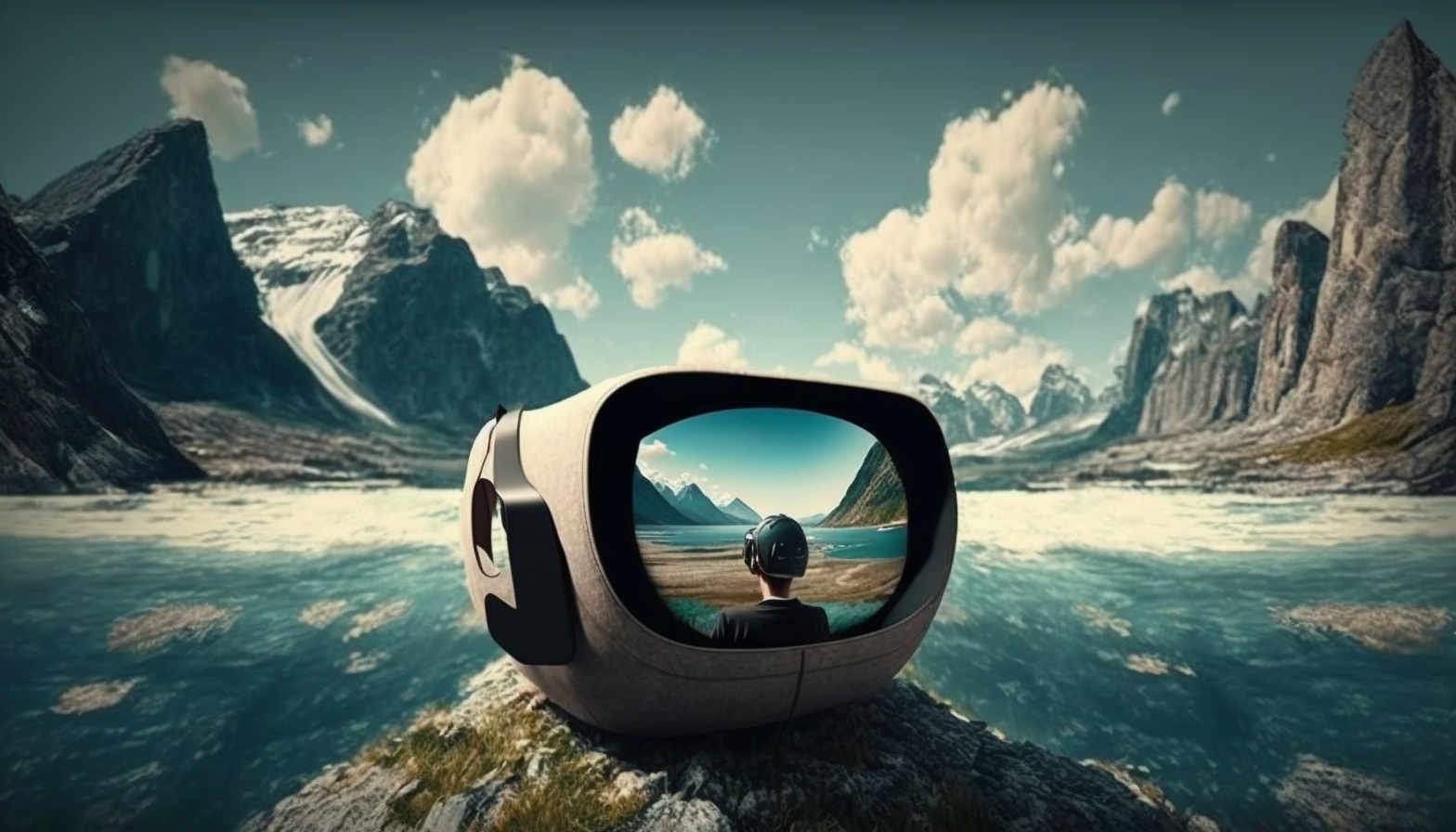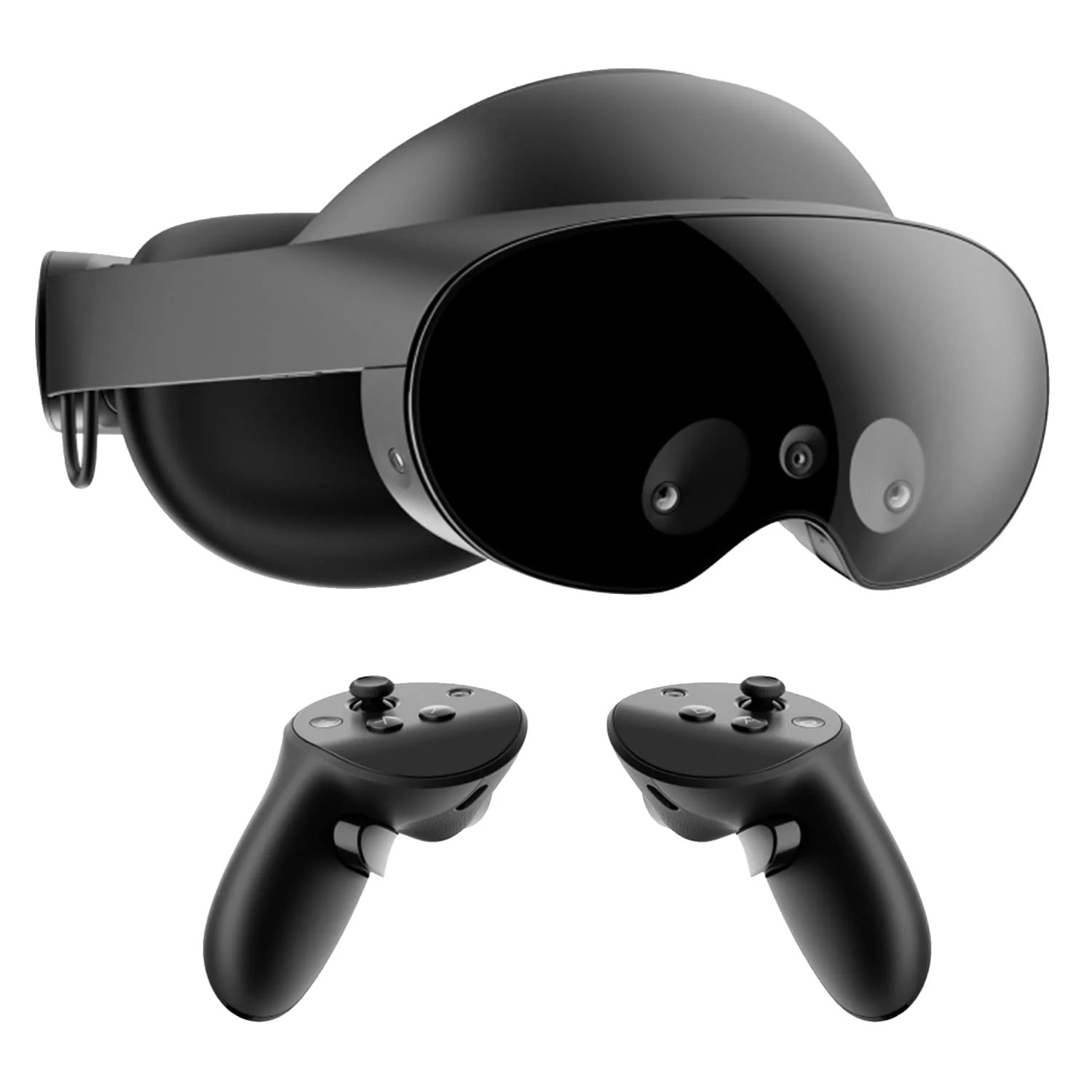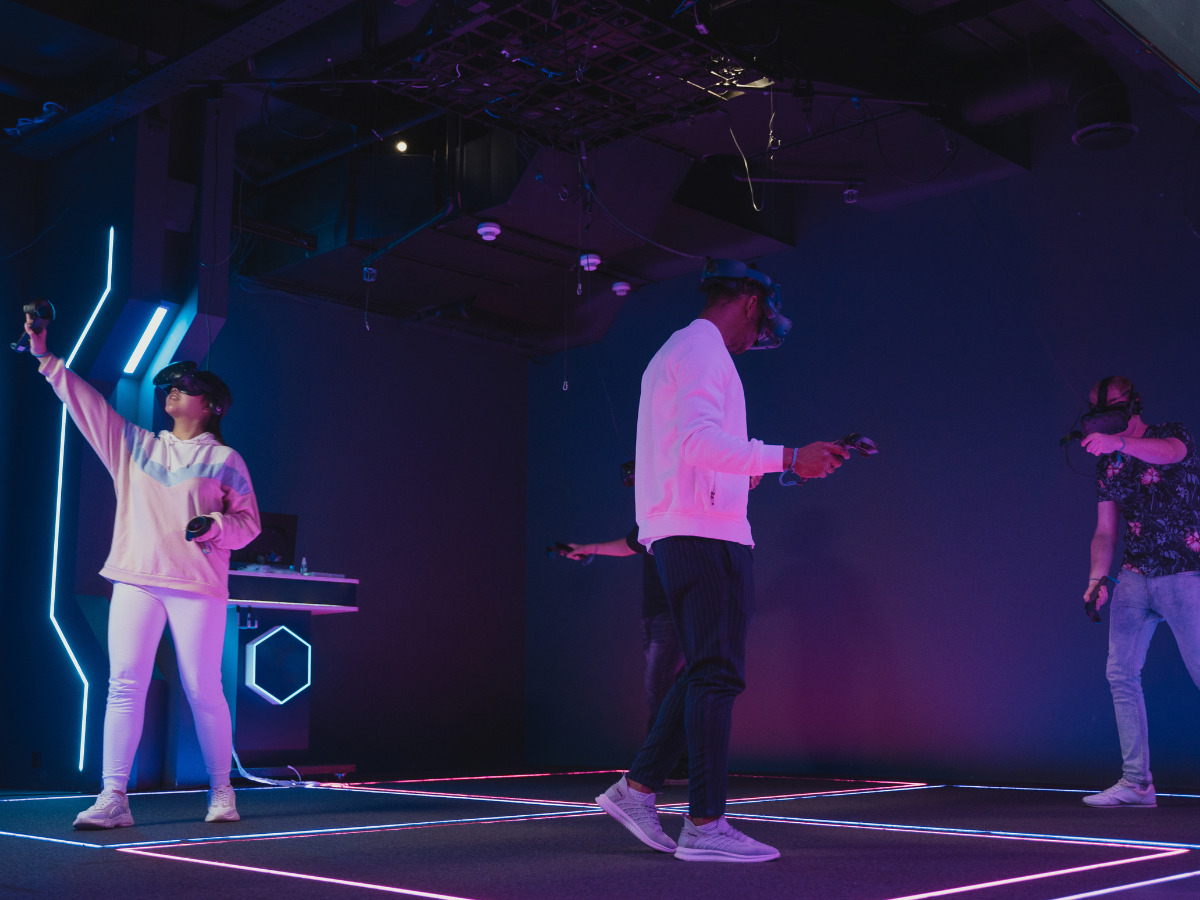Virtual reality (VR) is a powerful storytelling tool that can transport audiences to entirely new worlds and experiences. By immersing viewers in a fully realized 3D environment, VR allows storytellers to create deeply emotional and unforgettable experiences that stick with viewers long after they’ve taken off their headsets.
The possibilities of storytelling in VR are endless. Imagine a viewer being transported to the heart of a bustling city, where they can explore hidden alleyways and talk to locals, or being placed in the middle of a fantastical landscape, where they can meet magical creatures and go on epic adventures.
But VR storytelling isn’t just about the technology. It’s about the power of narrative, about engaging viewers in a way that creates an emotional connection and leaves a lasting impact. And that’s where the real magic of VR storytelling comes in.
Whether you’re telling a story about the human experience, exploring social issues, or taking viewers on a journey through a fantastical world, the key is to create an experience that truly engages and resonates with viewers.
To create a successful VR story, it’s important to think about the unique capabilities of the medium. VR allows for a level of interactivity and immersion that traditional storytelling doesn’t. For example, viewers can interact with objects in the environment or make choices that affect the story’s outcome. By taking advantage of these features, you can create a truly dynamic and engaging narrative that draws viewers in and keeps them hooked.
Another important consideration is pacing. In VR, viewers can move around and explore the environment at their own pace. As a storyteller, you need to think about how to guide viewers through the experience without taking away their sense of agency. One approach is to create natural cues and landmarks that help guide viewers through the story.
Ultimately, the most important aspect of storytelling in VR is to create an emotional connection with the viewer. Whether you’re making them laugh, cry, or feel a sense of wonder, the key is to make them feel something. By leveraging the power of VR to immerse viewers in a fully-realized world, you can create an unforgettable experience that will stay with them long after they’ve taken off the headset.
So whether you’re a filmmaker, game developer, or storyteller of any kind, consider the possibilities of VR storytelling. With its ability to create deeply immersive and emotionally engaging experiences, VR is the perfect medium to transport audiences to entirely new worlds and create stories that truly resonate.




